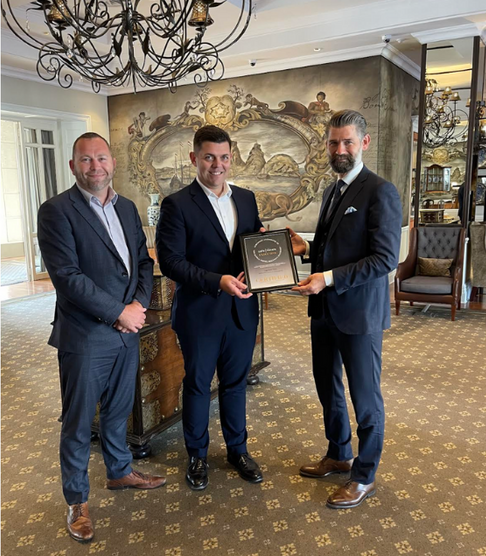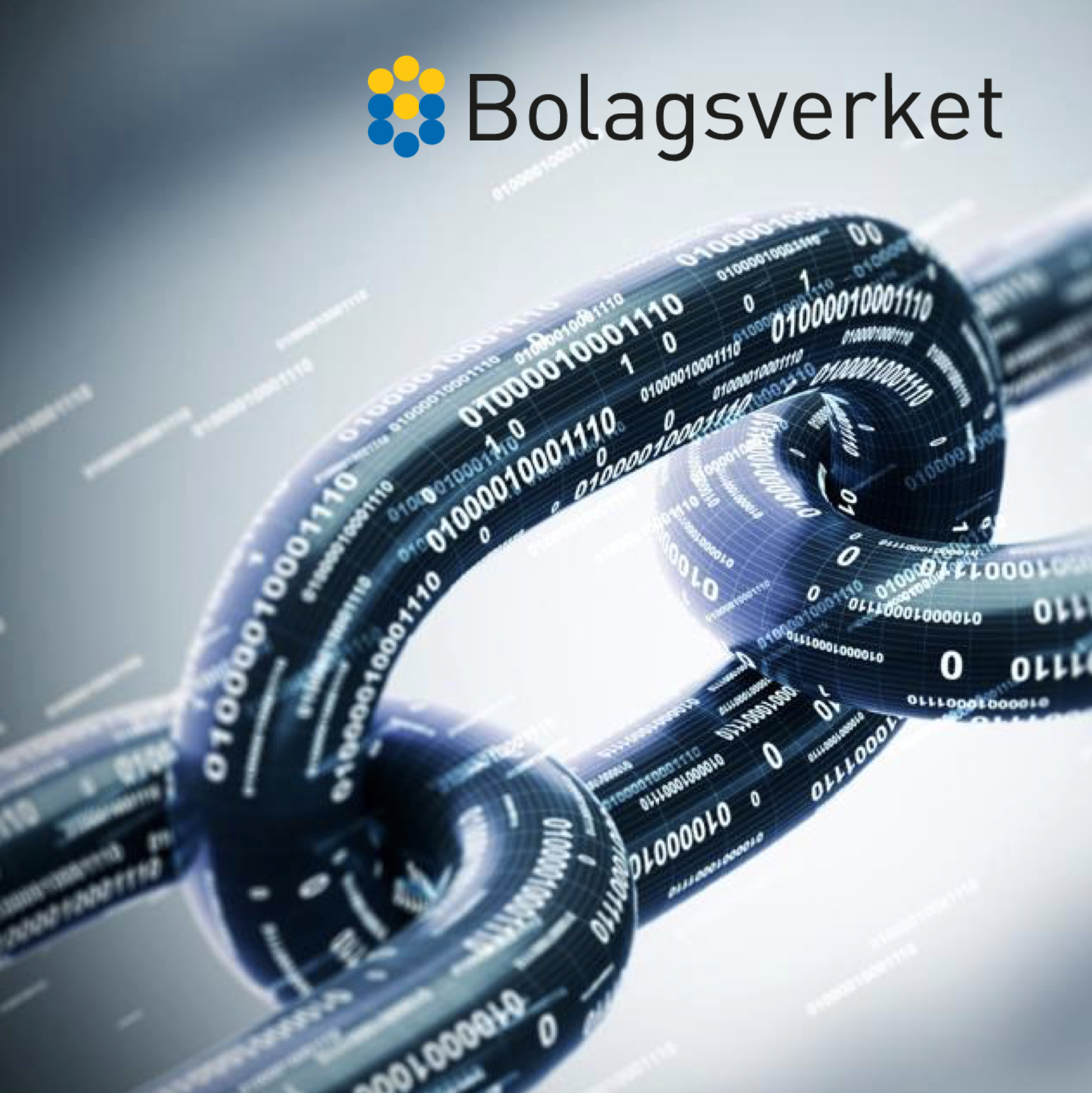The world’s increasing reliance on digital processes has streamlined application procedures, benefiting applicants, underwriters and witnesses. However, this convenience has also provided opportunities for criminals to exploit the system through the use of counterfeit or manipulated documents, resulting in substantial financial losses globally.
With this text, we aim to shed light on document forgery, its types, the distinction between fake and forged documents, methods of identification, and the importance of safeguarding against document fraud, with a specific focus on its impact within the Education sector, Compliance as well as high-end Products.
Understanding Document Forgery:
Document forgery involves generating, modifying, or imitating papers with the intent to give a false sense of legal validity to fictitious information. Criminals engage in this practice to deceive individuals or organizations for various reasons, such as securing loans beyond eligibility, buying or selling assets, evading arrest, residing in a country illegally, compromising the integrity of educational credentials, undermining regulatory compliance, and falsifying certificates of authenticity for high-end products.
Types of Document Forgery:
Document forgery can be categorized into three types: freehand simulation, tracing, and digital manipulation. Freehand simulation involves duplicating authentic documents, while tracing uses luminescence or carbon tracing to reproduce written text and designs. Digital manipulation employs picture editing software to duplicate signatures or information and insert them into forged documents.
Distinguishing Fake and Forged Documents:
Fake documents are those not produced or recognized by the government. They may be entirely fabricated, lacking official seals or indicators. Forged documents, on the other hand, are genuine but have been altered, such as editing a photograph or changing details on an identification card.
Identifying Fake Documents:
Verifying the legitimacy of a document involves checking for missing numbers, data entry errors, altered elements, and logo changes. Skilled fraudsters may overlook these details, so personal verification is crucial.

Document Fraud in Education:
Document fraud poses a significant challenge within the education sector. Fraudsters may forge and sell academic transcripts, diplomas, or certificates to make money, or gain admission to educational institutions, secure scholarships, or to secure employment opportunities. The impact is twofold: it compromises the integrity of educational institutions and undermines the trust placed in academic credentials. Companies who hire based on false diplomas or certificates will likely loose time and money, not to mention their reputation, especially when the training needs to be certified or accredited. Not to mention the risk created for clients and customers who are affected by the people who mischaracterise their abilities.
Document Fraud in Compliance:
Ensuring compliance with regulatory standards is crucial for various industries. Document fraud can undermine compliance efforts by providing false information or credentials. Industries such as finance, healthcare, and legal services must be particularly vigilant to maintain the integrity of their compliance processes.
Document Fraud in High-End Products:
Counterfeit certificates of authenticity for high-end products pose a unique challenge. Fraudsters may falsify documents to authenticate counterfeit luxury items, deceiving buyers and compromising the reputation of high-end brands. The sophistication of these forgeries often requires specialized expertise in both design and printing techniques.
Protection Against Document Fraud:
With technological advances, detecting fake documents has become challenging. Modern fraud identification technology is essential to recognize changes in electronic documents and counteract increasingly sophisticated methods employed by criminals. One revolutionary approach to enhancing document security is the utilization of blockchain technology.
Blockchain-Secured Documents:
Blockchain technology offers a decentralized and tamper-resistant ledger, providing a secure and transparent way to manage document authenticity. Each document is cryptographically linked to a block within the chain, making it virtually impossible for fraudsters to alter information without detection.
Advantages of Blockchain-Secured Documents:
- Immutable Records: Once a document is added to the blockchain, it becomes a permanent and unchangeable record. This ensures the integrity of the document over time.
- Decentralization: The decentralized nature of blockchain eliminates a single point of failure. The distributed network makes it extremely challenging for fraudsters to compromise the entire system.
- Transparency: All participants in the blockchain network have access to the same information, providing transparency and reducing the risk of fraudulent activities.
- Smart Contracts: Smart contracts, self-executing contracts with the terms of the agreement directly written into code, can automate document verification processes, reducing the likelihood of human error.
- Authentication: Blockchain’s cryptographic features allow for secure and efficient authentication, making it difficult for unauthorized parties to create or alter documents.
- Availability: TRUE documents are published online. As such they cannot be lost stolen or falsified, which adds to the value both for Recipients and Issuers.
- Ease of use: Because these documents are available online, they are also incredibly easy to share and use online. They can be added to LinkedIn, or a digital CV with a few clicks.
“By incorporating blockchain technology into document verification processes, industries can significantly enhance their ability to thwart document fraud. Whether in education, compliance, or the realm of high-end products, the security provided by blockchain ensures that documents retain their authenticity and trustworthiness.”
-Patrik Slettman, CEO TRUE Original Documents.
Conclusion:
Understanding and combating document fraud is crucial in today’s digital age. Vigilance, and the adoption of advanced fraud detection technologies, such as blockchain, are essential for safeguarding against the rising threat of fake documents. Especially now that AI is being used for falsification purposes.
The integration of blockchain-secured documents not only strengthens security measures but also ensures the integrity of information across various sectors, reinforcing trust in the authenticity of documents, as well as in the organisations issuing them.





